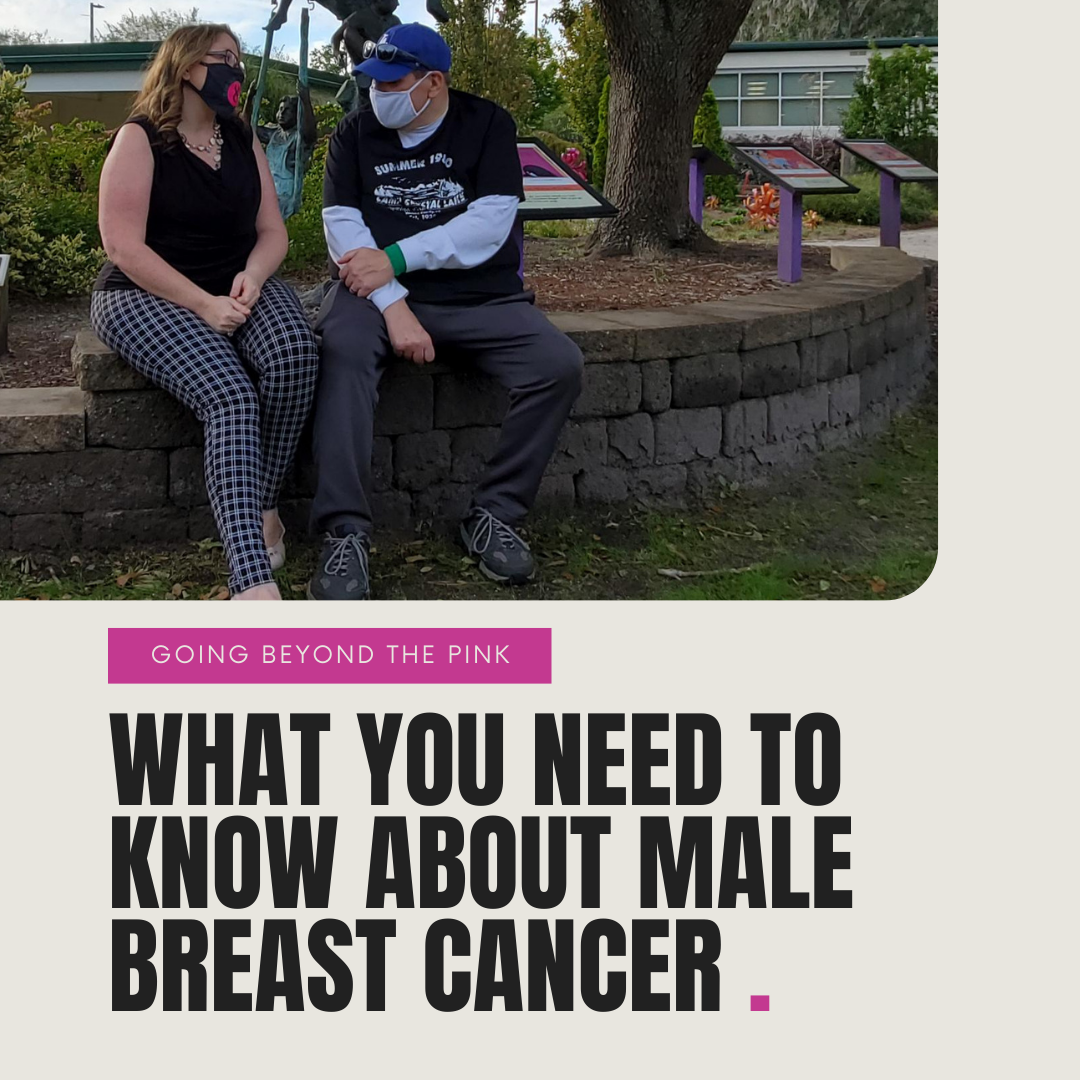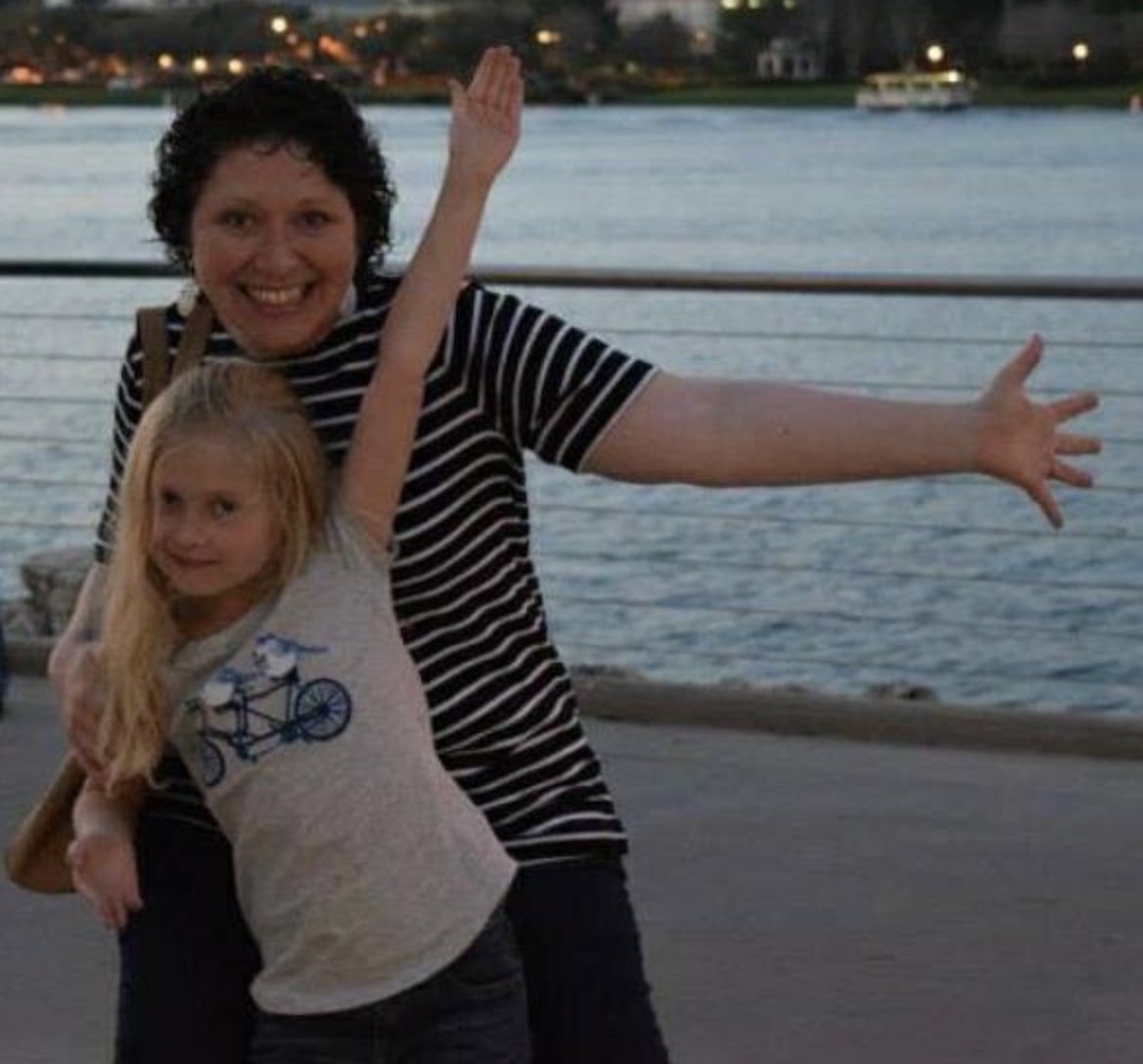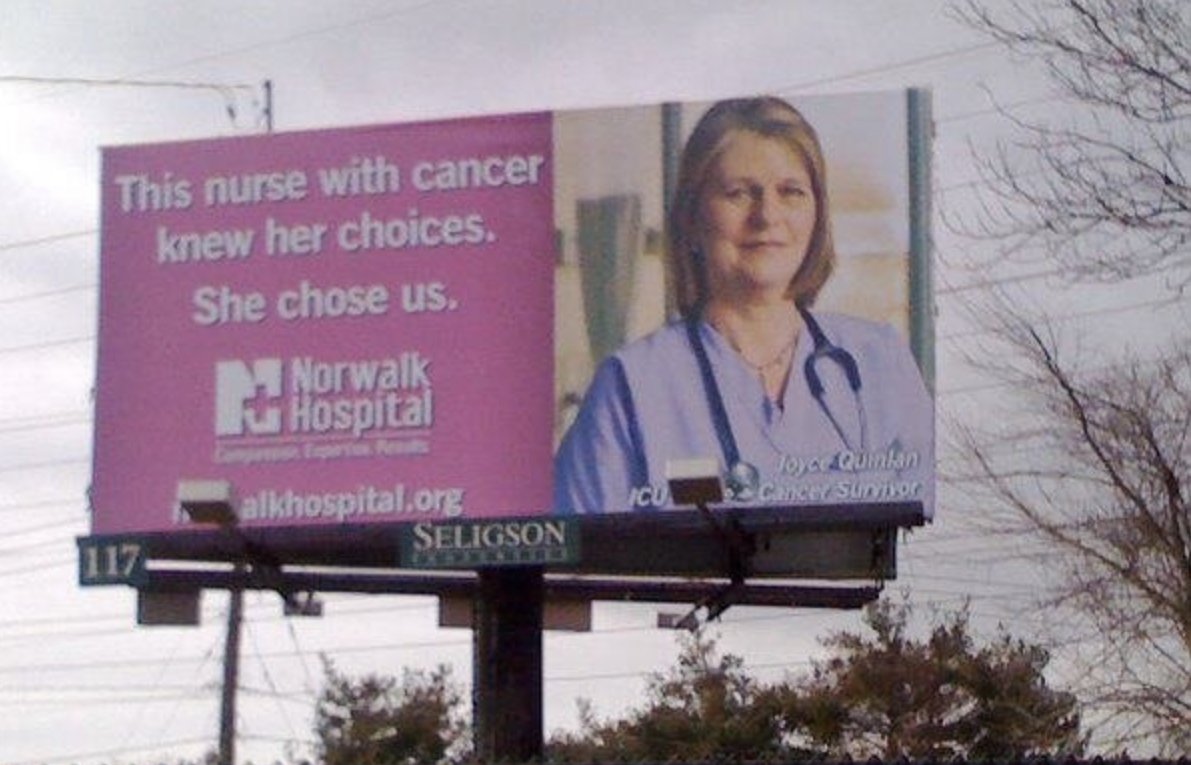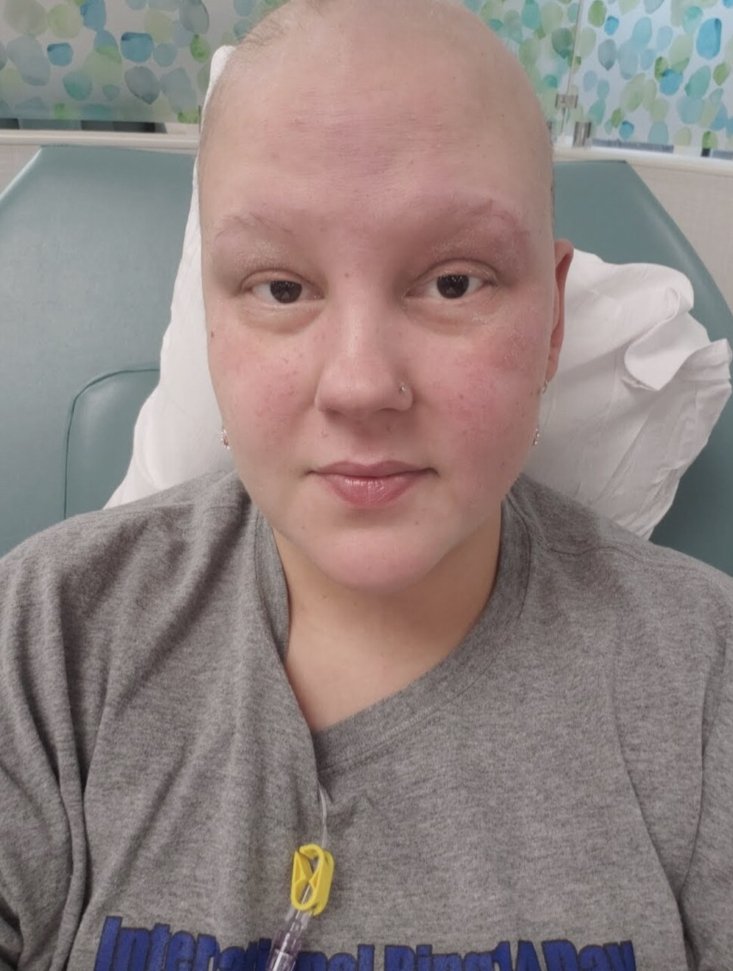Male Breast Cancer
Men get breast cancer, too, and we're here to help provide the facts from reliable sources. Like women, men have breast tissue that can develop breast cancer. Anyone who notices anything unusual in their breasts is encouraged to speak with their physician.
Breast cancer in men is more uncommon than breast cancer in women, but that doesn't mean it's any less important to know your risk and the factors associated with male breast cancer. According to breastcancer.org, the following should be considered when it comes to male breast cancer:
Growing older.
High estrogen levels.
Klinefelter syndrome.
Strong family history of breast cancer or genetic mutations.
Radiation exposure.
If you notice persistent changes in your breasts, contact your doctor immediately. Some signs to look out for include:
A lump felt in breast
Nipple pain, inverted nipple or nipple discharge
Sores on the nipple or areola
Enlarged lymph nodes under the arm.
Testing for male breast cancer may include mammograms, ultrasounds, nipple discharge examinations, and biopsies. Your pathology report will include more details about your testing. It will identify what kind of breast cancer it is, the stage, how big the cancer is, if there is lymph node involvement, the cancer's hormone receptor status, and the cancer's HER2 status.
For more information on testing and breast cancer in men, please visit Cancer.org. Other helpful resources include









The stigma around breast cancer can be focused around the idea of it being a “woman's disease”. With “all things pink” and the efforts around empowering women, there is this gap between addressing men who get diagnosed with breast cancer and empowering them to fight against the sexual stigmatization that it presents.